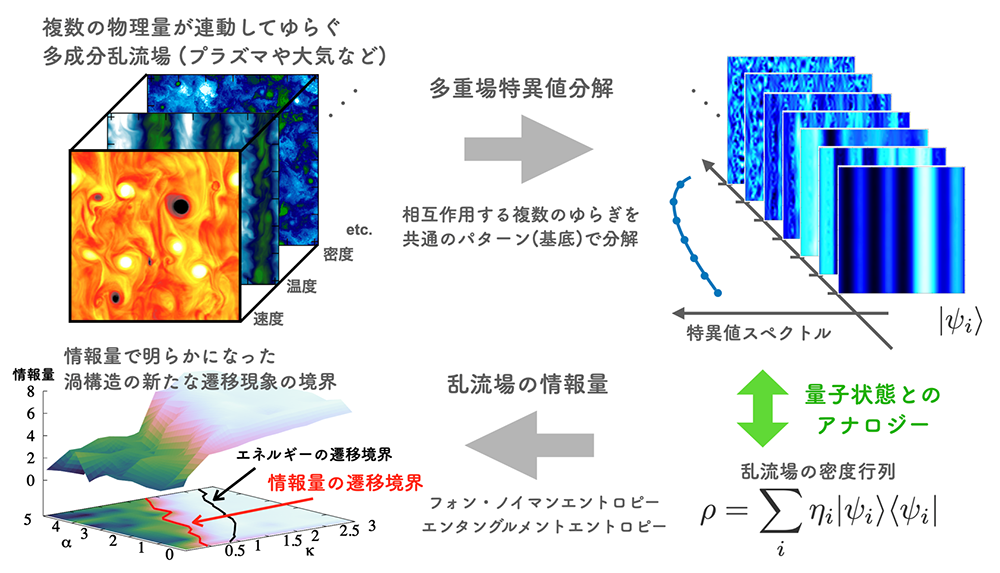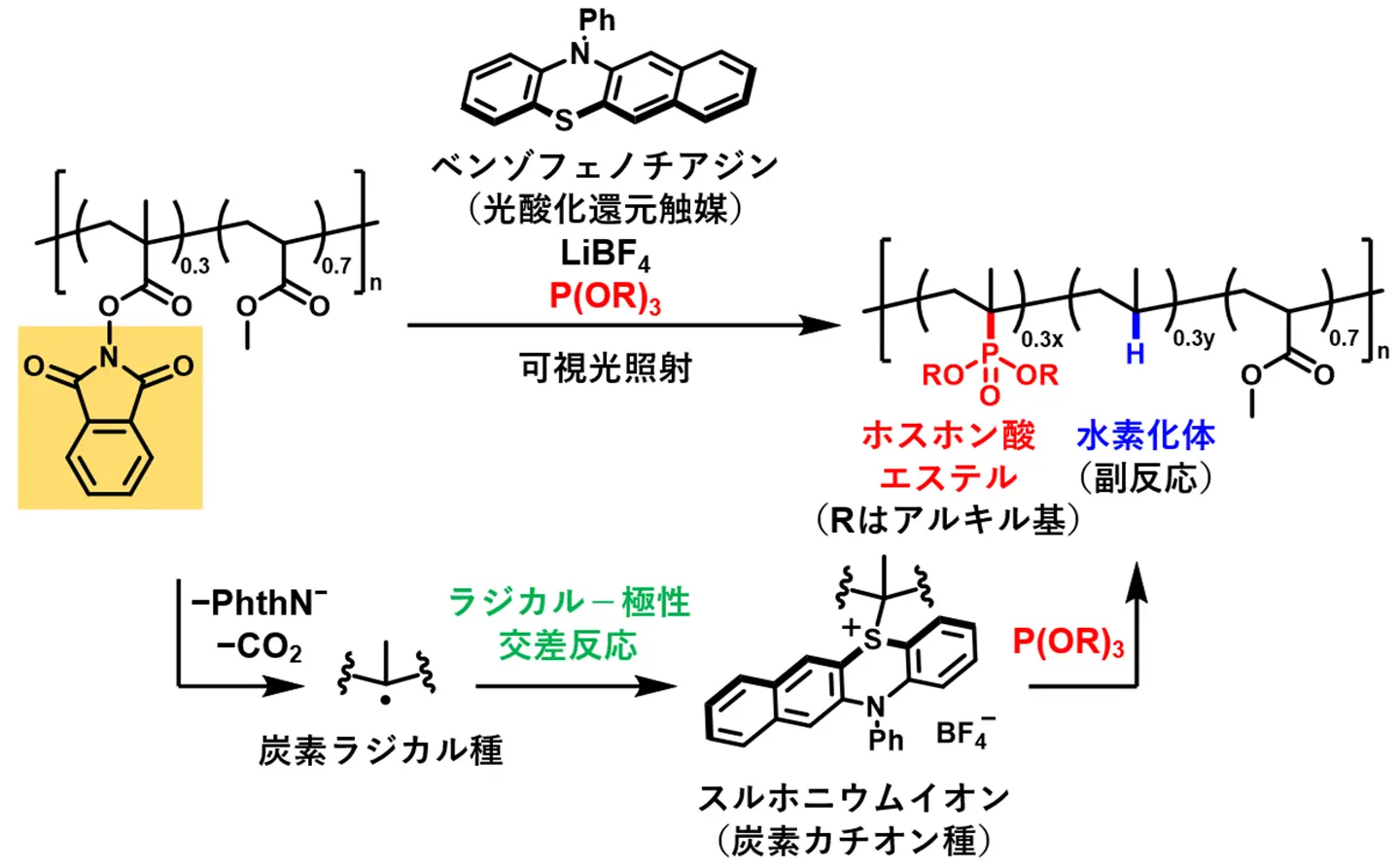2025-06-02 東京大学

機械学習が明らかにしたスーパーハイドライド合成プロセス。カルシウム水素化物(CaH₂)の表面が溶けて水素分子(H₂)が吸収され、カルシウムスーパーハイドライド(CaH₄)の固相が得られる。
<関連情報>
- https://www.t.u-tokyo.ac.jp/press/pr2025-06-02-001
- https://www.t.u-tokyo.ac.jp/hubfs/press-release/2025/0602/001/text.pdf
- https://www.pnas.org/doi/10.1073/pnas.2413480122
高圧ポリハイドライド合成のための表面溶融駆動型水素吸蔵反応 Surface melting–driven hydrogen absorption for high-pressure polyhydride synthesis
Ryuhei Sato, Lewis J. Conway, Di Zhang, +4 , and Shin-ichi Orimo
Proceedings of the National Academy of Sciences Published:May 29, 2025
DOI:https://doi.org/10.1073/pnas.2413480122
Significance
Room-temperature superconductors could revolutionize modern technology by enabling lossless power transmission, powerful magnets, advanced medical imaging (MRI), and quantum computing. Polyhydrides—hydrogen-rich compounds synthesized under extreme pressures—are among the most promising candidates. However, their synthesis mechanisms remain poorly understood, creating a bottleneck in materials discovery. Here, we apply machine learning potentials to perform large-scale molecular dynamics simulations of solid/hydrogen interfacial reactions under high pressure, involving thousands of atoms. Our results reveal how pressure kinetically promotes the reaction and suggest principles that extend beyond hydrides to pressure-driven chemical synthesis more broadly. This work demonstrates the ability of machine learning potentials to uncover complex interfacial reaction mechanisms, opening an avenue toward predictive reaction modeling in materials science.
Abstract
The synthesis of new polyhydrides with high superconducting Tc is challenging owing to the high pressures and temperatures required. In this study, we used machine-learning potential molecular dynamics simulations to investigate the initial stage of polyhydride formation in calcium hydrides. Upon contact with high-pressure H2, the surface of CaH2 melts, leading to CaH4 formation. This surface melting proceeds via CaH4 liquid phase as an intermediate state. High pressure reduces not only the hydrogenation (CaH2(s) + H2(l) ↔ CaH4(s)) enthalpy but also the enthalpy for liquid polyhydride formation (CaH2(s) + H2(l) ↔ CaH4(l)). Consequently, this surface melting process becomes more favorable than the fusion of the polyhydride bulk. Thus, high pressure not only shifts the equilibrium toward the polyhydride product but also lowers the activation energy, thereby promoting the hydrogenation reaction. From these thermodynamic insights, we propose structure-search criteria for polyhydride synthesis that are both computationally effective and experimentally relevant. These criteria are based on bulk properties, such as polyhydride (product) melting temperature and pressure-dependent hydrogenation enthalpy, readily determined through supplementary calculations during structure prediction workflows.



